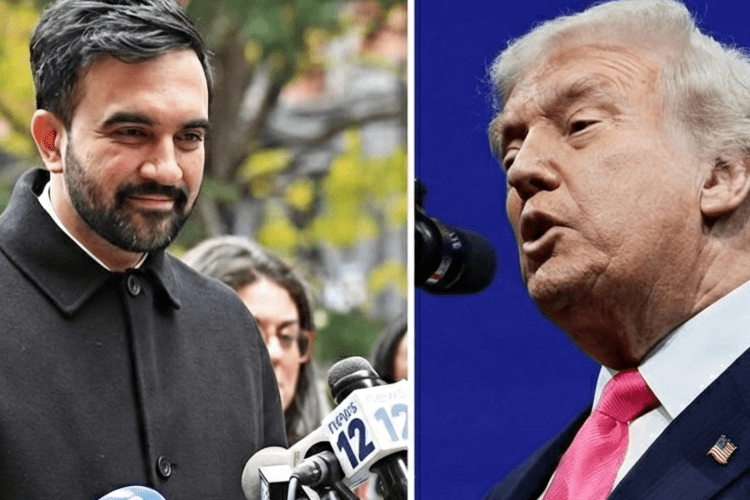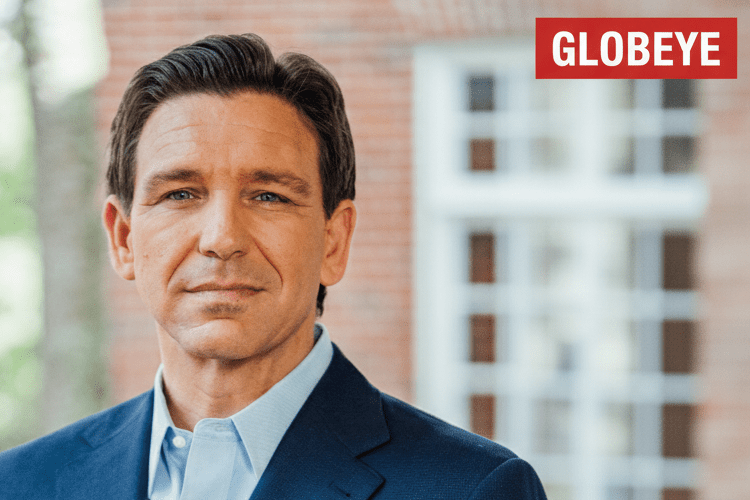Zelenskyy Faces Election Ultimatum in Explosive 28-Point Russia Deal
In the frostbitten fields of Donetsk, where the wind howls through shattered villages like a lament for the lost, 24-year-old Olena Kovalenko huddles in a makeshift bunker, her fingers numb around the stock of a rifle that’s become as familiar as her own heartbeat. The mud-caked boots that carried her from Kyiv’s sunlit cafes to this endless gray grind tell a story of sacrifice—a nursing student turned fighter, her dreams of white coats and wedding vows shelved since Russia’s February 2022 invasion tore her world asunder. Olena’s brother lies buried under a makeshift mound just miles away, felled by artillery in Bakhmut’s meat grinder, his last words a plea for “make it stop” that echoes in her every sleepless night. For three years, she’s clung to President Volodymyr Zelenskyy’s defiant broadcasts, his gravelly voice a rallying cry that kept the Ukrainian spirit from fracturing amid the shelling and the sorrow. But on November 20, 2025, as dawn broke over the Dnieper with the chill of another winter siege, a 28-point peace blueprint from Washington—championed by President Donald J. Trump and his envoy Steve Witkoff—landed like a thunderclap, demanding not just ceasefires and concessions, but Zelenskyy’s own political sunset within 100 days. Elections or exile: that’s the stark choice facing the wartime leader whose iron will has held Ukraine’s front lines, a plan that ties Ukraine’s fate to a Trump-chaired Peace Council and sanctions hammer, igniting a firestorm of hope, heartbreak, and hard choices in a nation weary of war but wary of surrender.
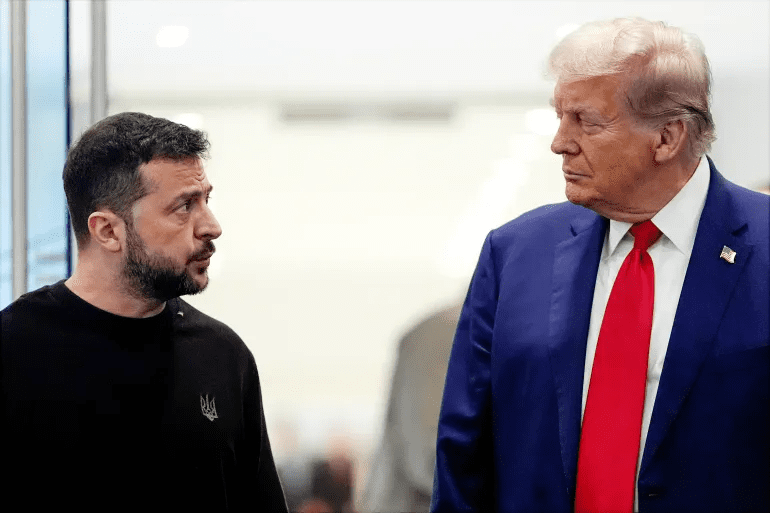
The blueprint, unveiled in a White House Rose Garden ceremony flanked by Secretary of State Marco Rubio and Witkoff—the real estate scion turned diplomat whose backchannel brokering with Moscow has Trump’s fingerprints all over it—feels less like a treaty and more like a testament to Trump’s unyielding art of the deal. At its core, the 28 points are a roadmap to resolution: immediate ceasefire along current lines, with Ukraine ceding formal control of Crimea and Donbas in exchange for ironclad security guarantees—no NATO bid for Kyiv, a cap on its military to 200,000 troops, and $100 billion in reconstruction aid funneled through a U.S.-led fund audited by the Peace Council. Points 25 through 28, the plan’s enforcement engine, hit hardest: Ukraine must hold nationwide elections within 100 days of signing, granting full amnesty to all conflict parties from foot soldiers to field commanders, with violations triggering snap sanctions on both sides. Zelenskyy, whose term technically expired in May 2024 under martial law extensions, would face the ballot box head-on, his wartime mandate tested against a field of challengers in a vote overseen by international observers to ensure fairness. “This isn’t punishment—it’s progress,” Trump declared, his voice booming with the confidence of a man who’s brokered Abraham Accords from Mar-a-Lago golf greens, his golden tie a slash of optimism against the Rose Garden’s autumn roses. “Volodymyr’s a fighter, but peace demands fresh voices—elections now, stability forever.”
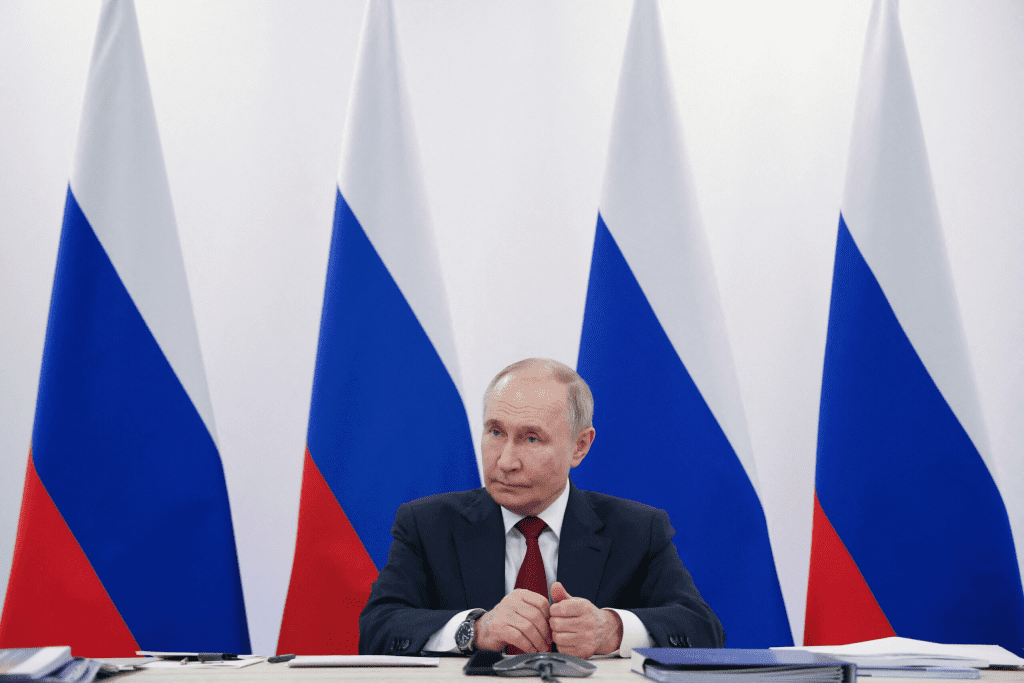
For Olena, hunkered in her Donetsk dugout with a thermos of weak tea and a photo of her brother tucked in her helmet, the plan stirs a storm of conflicting currents—relief at the whisper of an end, rage at the cost of carved-up land, and a quiet dread for the man who’s become Ukraine’s unyielding uncle. Zelenskyy, the comedian-turned-commander whose “I need ammo, not a ride” quip galvanized the globe in 2022, has held the line with charisma and cunning, his nightly addresses a digital hearth for a diaspora of 6 million refugees. But three years of stalemate—Russia’s meat-grinder advances claiming 500,000 lives on both sides, per UN tallies—have worn the warren thin, with polls showing 58% of Ukrainians ready for concessions if it means ceasefire. The 100-day election clause, tied to amnesty for Russian proxies and a neutrality pledge barring NATO dreams, feels like a velvet vise: Zelenskyy’s popularity, once 90%, now hovers at 65%, eroded by blackouts and bread lines that test even his trademark resolve. “He gave us hope when there was none,” Olena whispers to her squadmate, a 19-year-old from Lviv whose eyes are hollow with hunger. “But if voting ends the bombs, maybe it’s time.” Her words capture the cruel calculus of conflict, where survival trumps sovereignty, and Trump’s plan—brokered with Rubio’s Senate savvy and Witkoff’s whisper-network wizardry—positions the U.S. as the fulcrum, its Peace Council a Trump-led tribunal with veto power over violations, sanctions ready to snap like bear traps.
The emotional epicenter pulses in Kyiv’s Maidan Square, where the ghosts of 2014’s Revolution of Dignity mingle with the murmurs of mothers pushing strollers past barricades now blooming with frost-kissed flowers. For Natalia Symonenko, a 42-year-old teacher whose husband lost a leg to a Kherson mine, the blueprint brings a bittersweet balm—a chance for her boy, 8 and fatherless in spirit if not in name, to play soccer without siren drills. “Volodymyr kept us standing,” she says, her voice trembling over a cafe latte in a cafe scarred by shrapnel, the Maidan monument a backdrop of bronze defiance. “But three winters of war—enough. If Trump brings peace, even with pieces of land lost, my son gets a future.” Natalia’s nod echoes in the diaspora—from Toronto’s Ukrainian halls where expats pack pierogies for the homeland, to Chicago’s blue-and-yellow rallies where grandmas wave flags faded from too many washes. Zelenskyy’s resistance, voiced in a November 21 CNN interview—”Elections in occupation? Absurd”—stems from a sovereign’s spine, his wartime powers extended by Rada votes amid Russian rocket rain. But the plan’s teeth—U.S. aid resumption tied to implementation, $60 billion unfrozen if Ukraine complies—bite deep, a carrot-and-stick from a president whose first-term Abraham Accords tamed Middle East tempests without a shot.
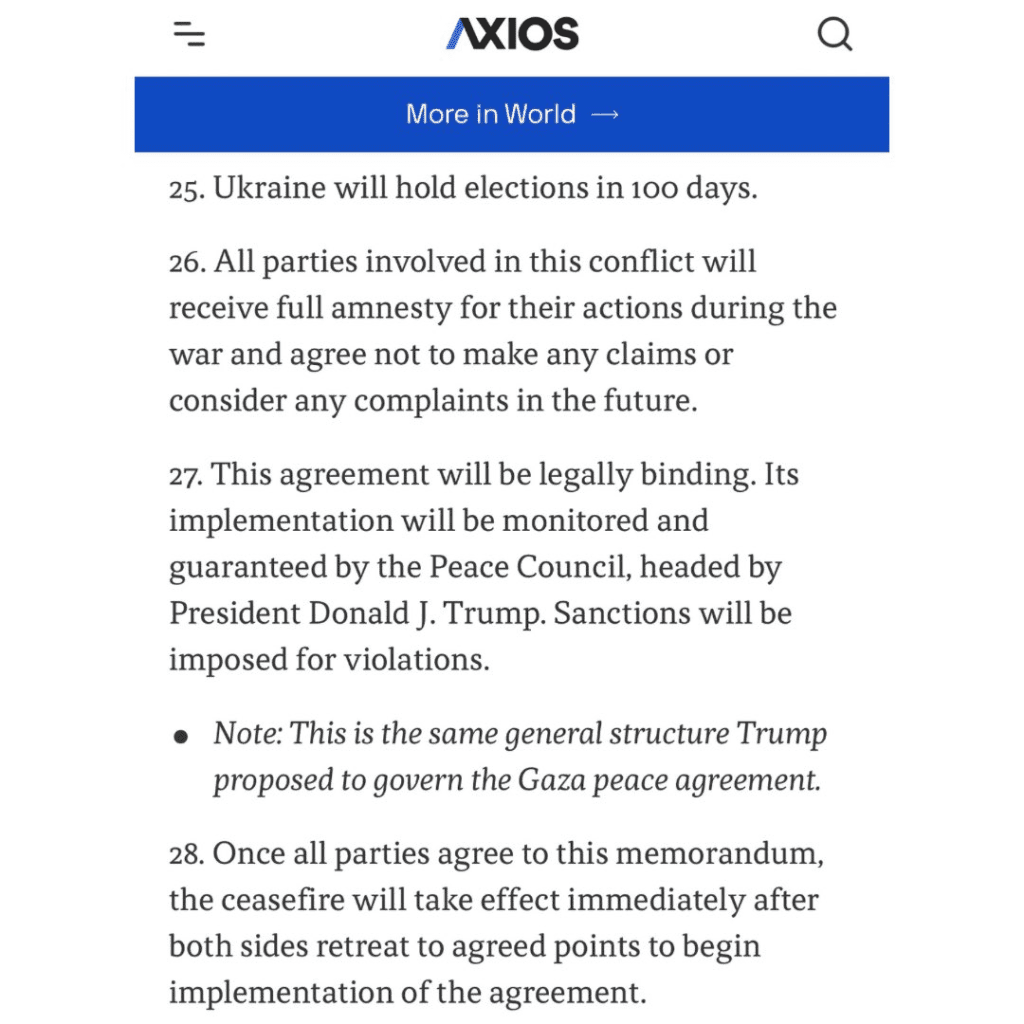
Trump’s blueprint builds on a foundation laid in his first Oval huddle with Putin in 2018, where he floated “grand bargains” that rattled NATO but sowed seeds of dialogue, now blooming under Rubio’s steady hand—the Florida senator whose Cuban roots give him a diplomat’s empathy for exiles. Witkoff, the Trump fixer whose real estate roots taught him to zone for compromise, shuttled between Moscow and Munich, hammering out details with Lavrov’s lieutenants and Scholz’s skeptics. The 28 points are a tapestry of tough love: territorial freeze with UN-monitored buffers, demilitarization of Donbas to 10,000 troops, economic corridors for Black Sea trade that funnel $20 billion to Kyiv’s coffers. Points 25-28, the enforcement quartet, demand democratic renewal—elections by February 2026, amnesty for combatants to heal war’s wounds, a Peace Council chaired by Trump with veto on violations, sanctions snapping if sides stray. “This is the deal of the century—peace with pride,” Trump thundered at the unveiling, his Mar-a-Lago backdrop a nod to the backchannel birthplace, Rubio at his side like a consigliere. For Zelenskyy, it’s a gauntlet: run and risk loss, or linger and lose legitimacy, his inner circle leaking to Politico of “furious huddles” where aides weigh the warlord’s crown against the citizen’s vote.
The global gasp is a symphony of sighs and shouts, European allies like Macron decrying “capitulation to aggression” in a Paris presser, his beret-tilted head shaking with Gallic gravitas, while Scholz’s Berlin briefings hedge with “principled pragmatism.” In Kyiv, Maidan murmurs mix with marches—thousands waving blue-and-yellow banners under Zelenskyy’s watchful eye, chants of “No surrender!” clashing with quieter calls for “No more graves.” Olena’s bunker brotherhood splits the same: her squadmate from Odessa, whose sister vanished in Mariupol’s ruins, rails against concessions as “selling our blood”; Olena, bandaging a comrade’s shrapnel wound, whispers, “Peace means my nephew lives to 10.” Trump’s plan, with its U.S.-led council and aid incentives, positions America as the honest broker—$60 billion in frozen funds a lure, sanctions a lash for Putin’s provocations. Rubio, the architect’s apprentice, frames it as “fair fight”: “Ukraine gets security without subjugation, Russia gets recognition without rampage.” Witkoff’s whispers, honed in New York deal dens, secured Moscow’s nod on neutrality—no NATO for Kyiv, but economic lifelines through Crimean ports.
As November’s frost etches the Dnieper’s banks, Zelenskyy’s choice looms like a winter storm—100 days to ballot or bow, a leader’s legacy on the line in a land of lions. For Olena, it’s a prayer in the dark: “Let it end, for the living.” Trump’s blueprint, bold as a blitzkrieg, balanced as a broker’s bargain, offers not just lines on a map, but lives reclaimed—a peace that honors the fallen by freeing the fighting. In the trenches and town halls, the world watches, hearts heavy with hope’s hard weight, as the dealmaker from Queens dares to redraw the world’s war-torn edges, one point at a time.

